Tags: Black Hole
High-Energy Gamma-Ray Bursts From Milky Way's Central Black Hole Explained by a Rapidly Spinning Gas Blob Moving at 30% Speed of Light

Tasmanian Devil Explosion May Actually Point to the Formation of a Black Hole or Neutron Star, New Analysis Reveals
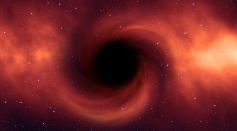
Black Hole Mysteries: Scientists Delve Into Mechanisms Behind Their Incredibly Powerful Jets

NASA's James Webb Space Telescope, Chandra X-Ray Observatory Find Most Distant Black Hole Ever Seen
Supermassive Black Hole Spins Jet of Plasma Like Monstrous Cosmic Spider
Black Hole Sound: Listen to NASA's Hunting Audio Clip Where Cosmic Body Releases Eerie Wails
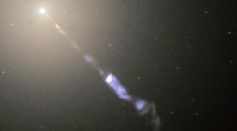
M87 Galaxy Black Hole Explored: Cosmic Void With Fluffy Ring and High-Speed Jet
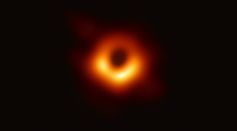
Spinning Black Hole Detected For the First Time: Astronomers Observed Cosmic Jets at the Center of M87 Galaxy

Dusty Supermassive Black Holes Illuminate Radio Emission in Galaxies

What Is a Black Hole? How Big Can It Get?
24 Black Holes Release Radio Waves in Unexplainable Burping Bouts Years After Ripping Stars
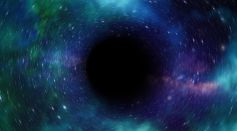
Black Hole Twistiness? New Theory of Gravity Focuses on Energy, Mass Twists Rather Than Curvature
Super Massive Black Hole UHZ-1 Challenges Astronomers’ Previous Understanding About Quasars
Supermassive Black Hole 10 Billion Light Years Away Dramatically Flare to Life

Faint Ripples from Gentle Black Hole Motion Unveils Large-Scale Gravitational Wave Symphony
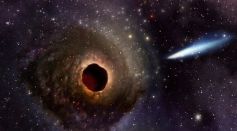
Milky Way's 'Sagittarius A' Black Hole Might Not Be as Dormant as Previously Thought
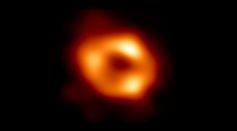
Eerie Echo Reveals Intense Activity of Supermassive Black Hole in the Milky Way's Core

Two Supermassive Black Holes Circling Each Other in a Distant Galaxy Confirmed in New Observations of Bright Flares
Supermassive Black Hole in Messier 84 Galaxy Expels Hot Gas, Creating ‘H’ Shape
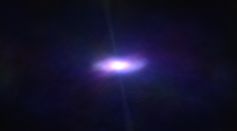
Black Hole Jet Observations Shed Light on Particle Acceleration That Generates X-Rays
Most Popular

Largest Known Volcanic Aquifer Discovered Beneath Oregon's Cascades

New 'Supergiant' Sea Bug Found in South China Sea, Named After Darth Vader

Mediterranean Sea Was Refilled by a Catastrophic Flood Millions of Years Ago

Mysterious Cosmic Waves That Sound Like Birds Detected in Unexpected Space Region




